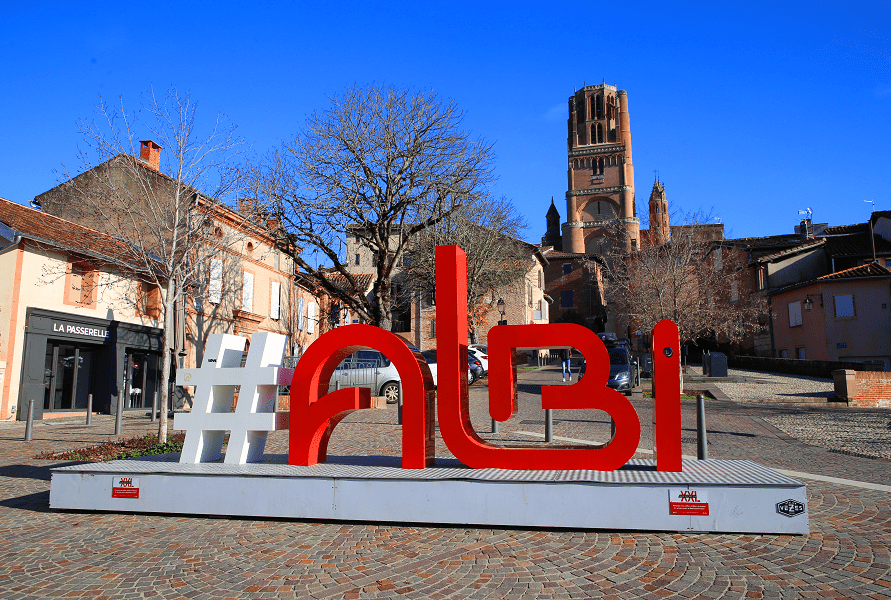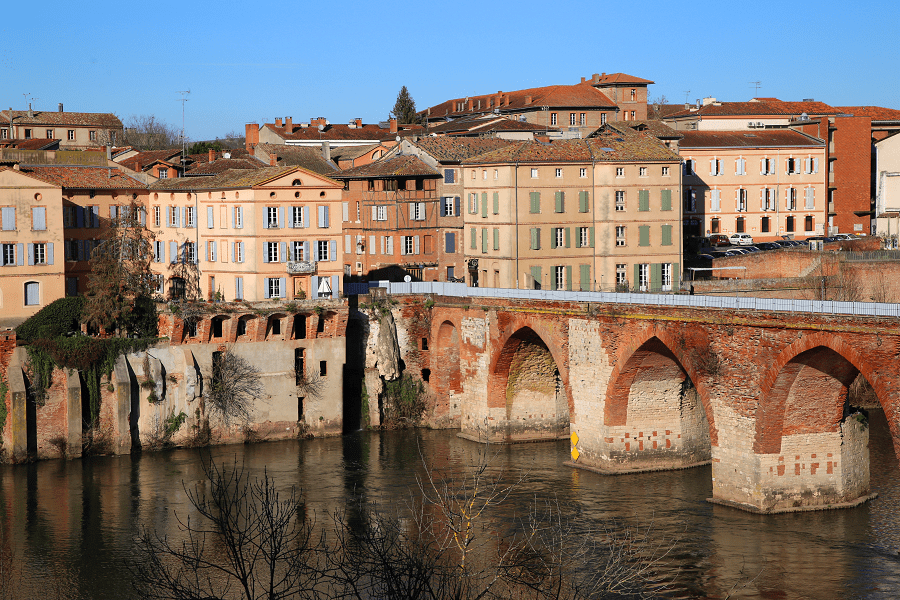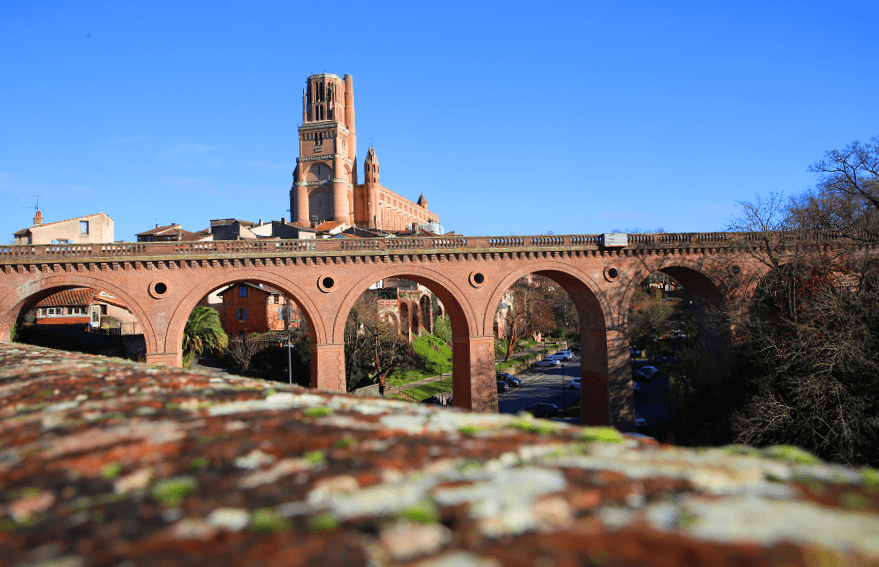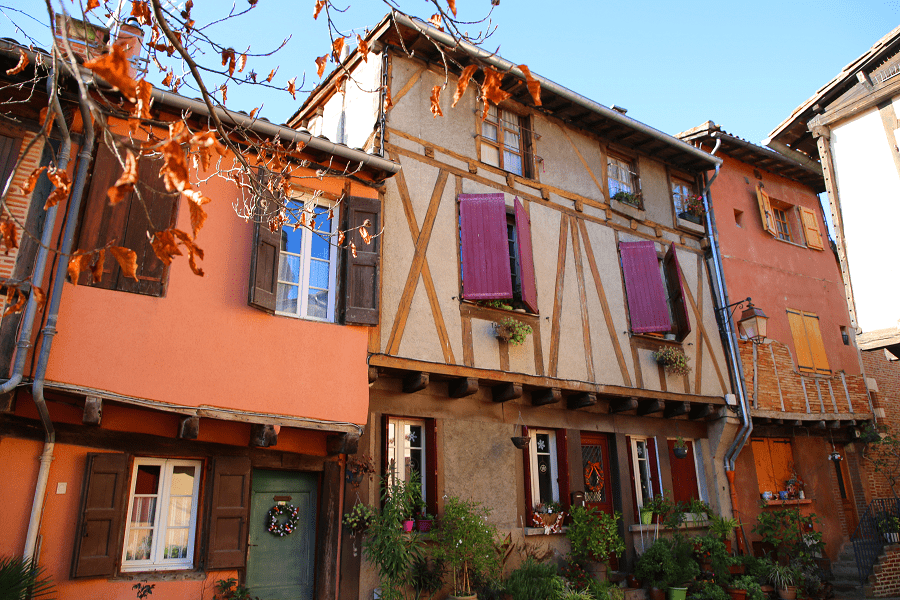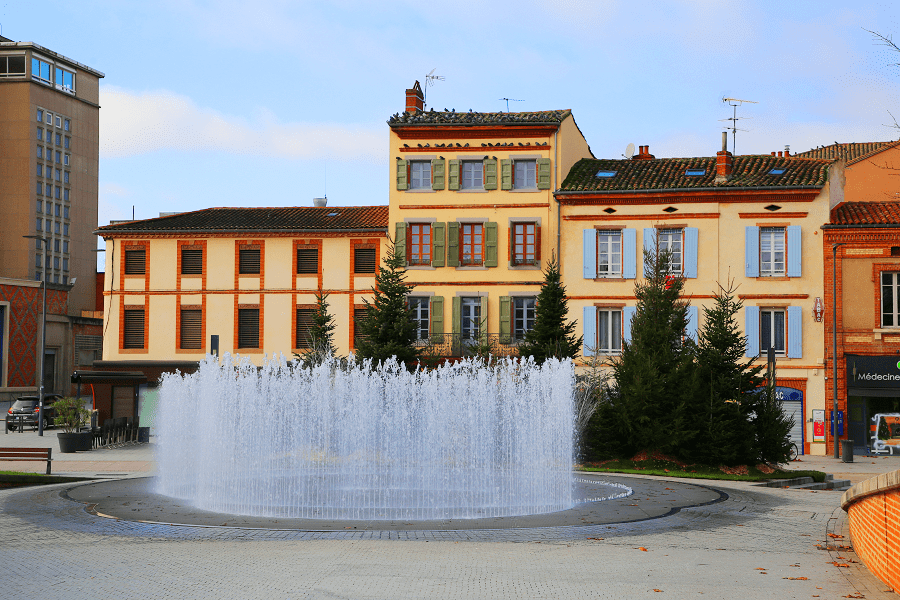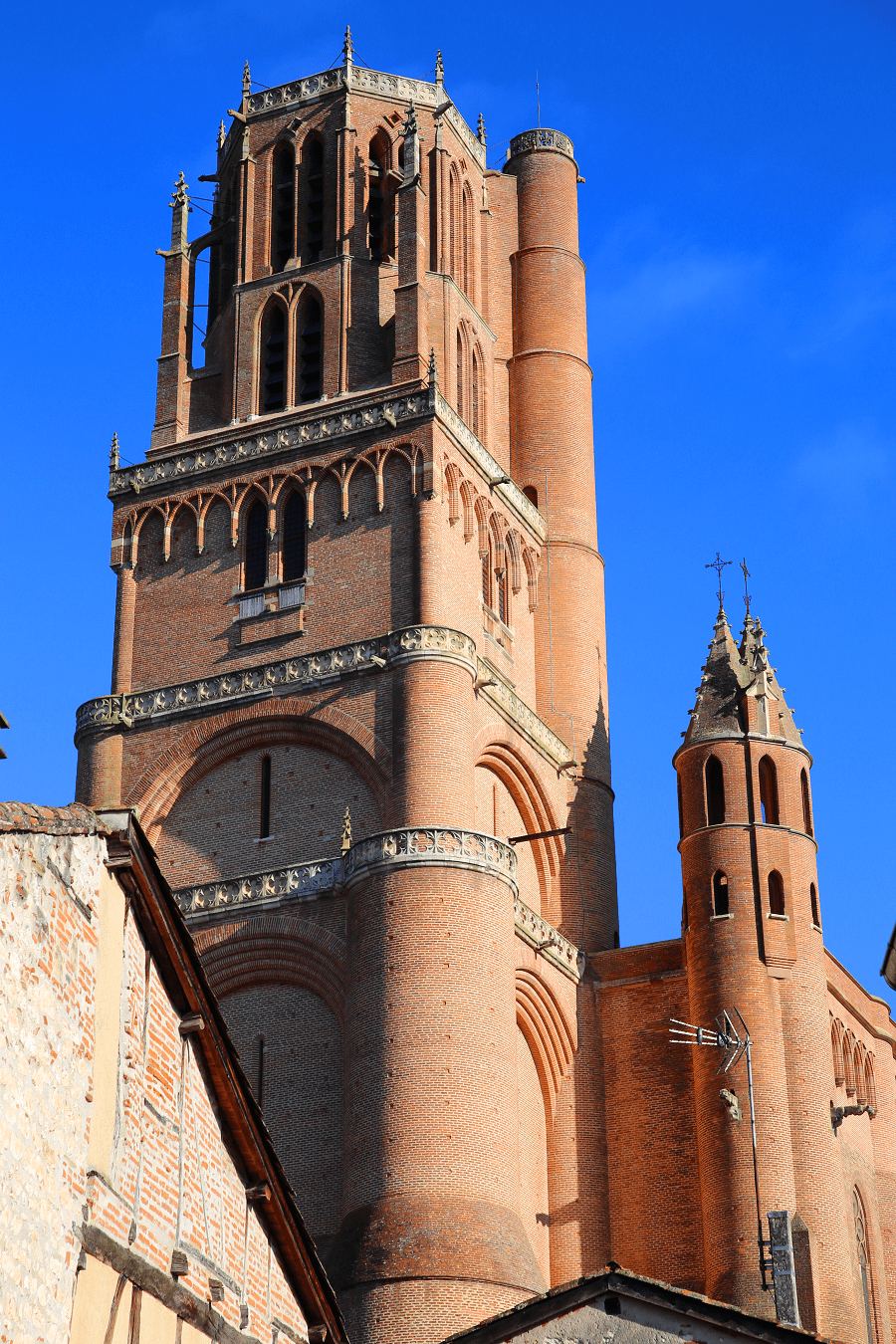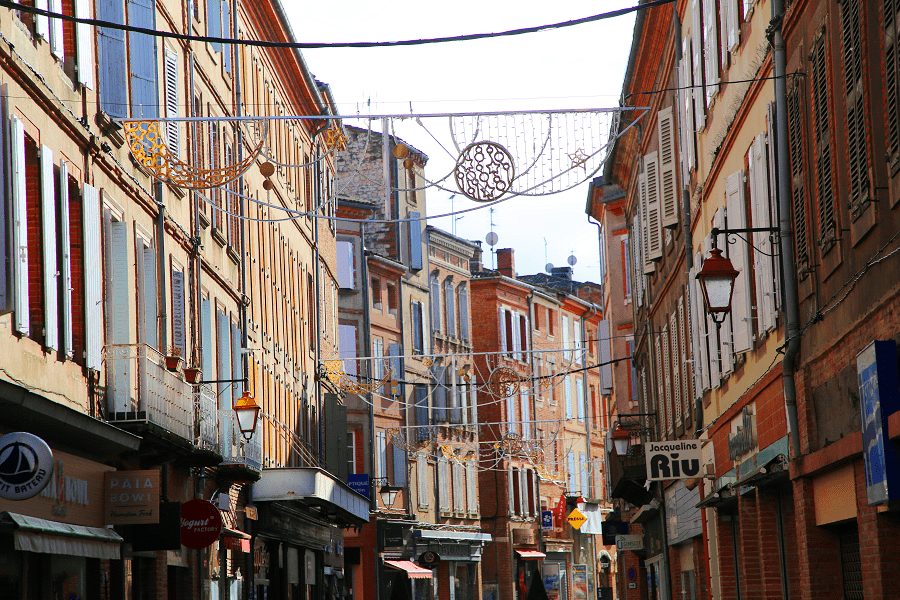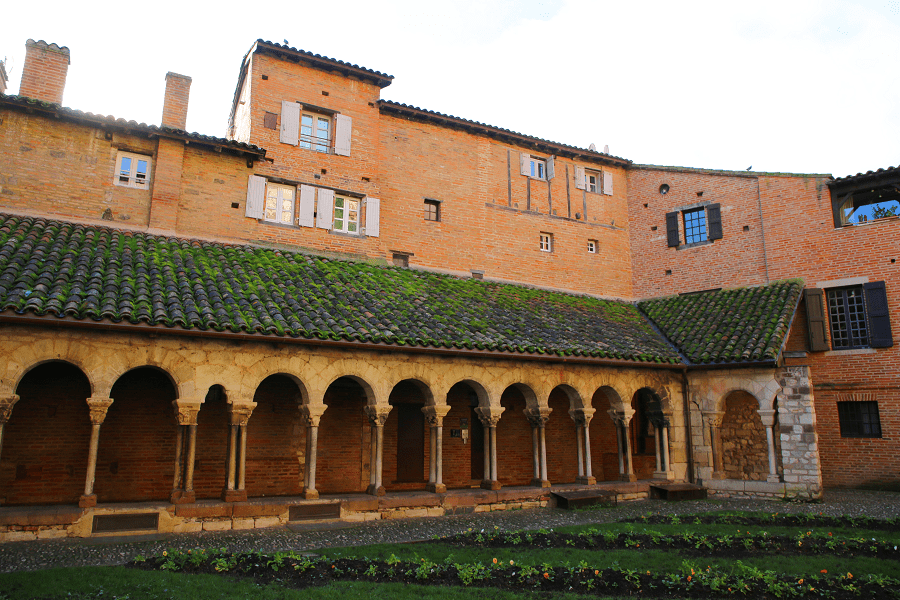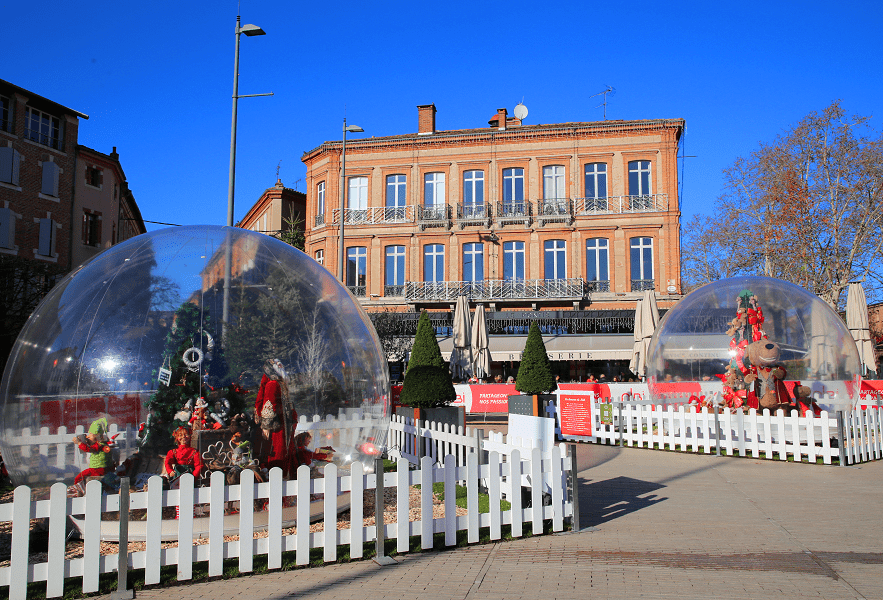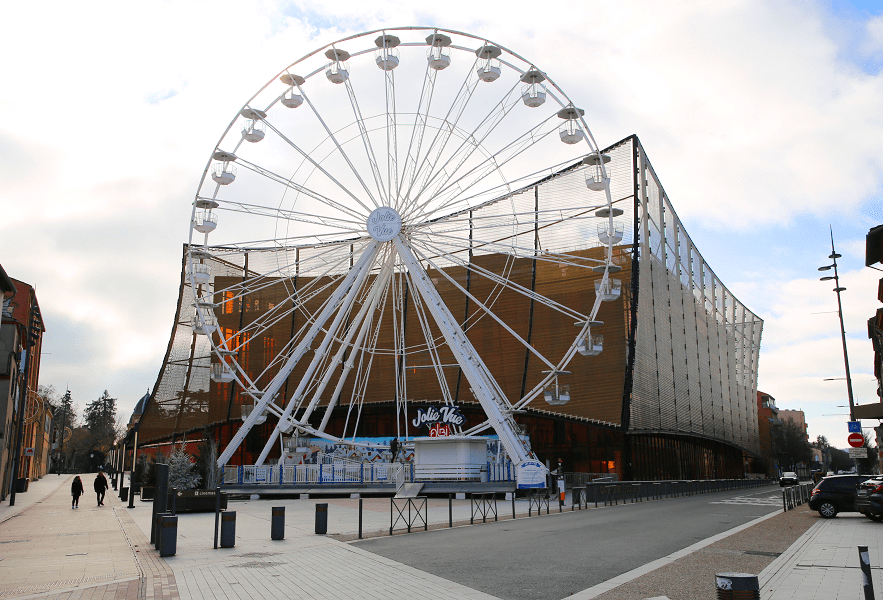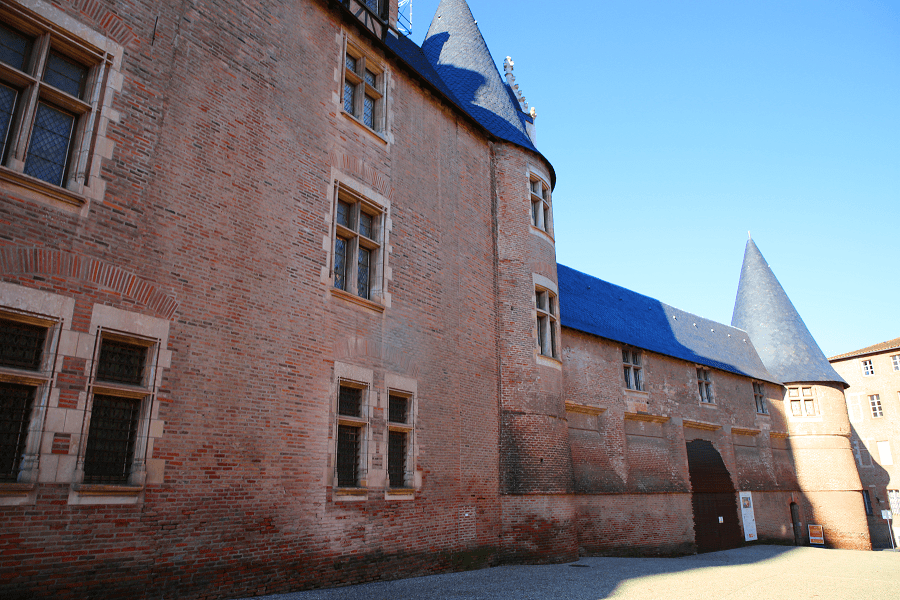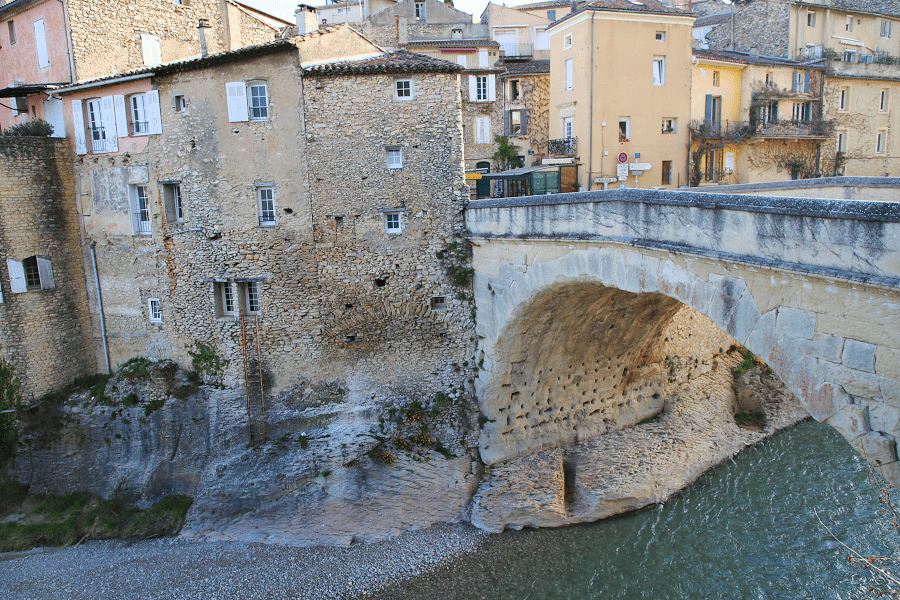Albi is a commune, prefecture of the Tarn department, in the Occitania region on the river Tarn (foothills of the Massif Central, France), former Languedoc region.
As of 2021, the city of Albi had 49,714 inhabitants, and, with its urban unit, 73,260 inhabitants.
The city is also the seat of the archdiocese of Albi, Castres and Lavaur.
Located in the eastern part of Midi Toulouse, Albi is exposed to an altered Mediterranean climate; the town is drained by the Tarn (and some of its tributaries) and the Carrofoul, the Caussels, the Jauzou, the Séoux, the Cunac, the Mouline, the Lavergne, the Rieumas streams (as well as various other small streams).
In addition, the town has a remarkable natural heritage, made up of a natural area of ecological, fauna and flora interest.
Albi experiences a humid subtropical climate (Köppen climate classification Cfa) bordering oceanic climate (Cfb). Like much of southwestern France, the summers tend to be warmer and the winters milder than most areas of similar classification. Substantial summer rainfall prevents its climate from being classified as Mediterranean.
Main attractions
Albi is nicknamed the “red city” because of the exposed, ocher bricks of its fortified cathedral and its historic center. The impressive Sainte-Cécile Cathedral, built between 1282 and 1480, and Berbie Palace, the former palace of the archbishops of Albi, dominate the historic city center and the banks of the Tarn.
It’s an important stop on the Camino de Santiago.
The Palace houses the Toulouse-Lautrec Museum, which boasts the most important collection in the world of works by the post-impressionist painter, who was born in Albi.
Finally, Albi is, above all, a historic place whose name was given to the followers of Catharism, the Albigensians (also called “Cathars”), who suffered violent repression – known as the Albigensian Crusade – from the Roman Catholic Church in the 13th century. Sainte-Cécile Cathedral was built by the Catholics as part of their fight against the Cathars.
In 2010, the architectural ensemble of the episcopal city of Albi was added to the UNESCO World Heritage list.
Within its perimeter, this complex includes: the Sainte-Cécile Cathedral, the Berbie Palace, the Saint-Salvi Church (and its cloister), the banks of the Tarn, the Old Bridge and several buildings classified as historic monuments.
The city center is remarkably well preserved and has many witnesses to the golden age of Albi. Old neighborhoods are rich in medieval-style streets, Renaissance hotels and panoramas over the Tarn and its bridges, giving this urban space a unique character in France.
In the episcopal city, Romanesque and Gothic art mingle in a festival of ocher tones. Influences of the 13th century Cather era may be found in the medieval districts.
Albi also has more modern churches:
- the Notre-Dame-du-Breuil church, rue Notre-Dame du Breuil. the building was listed as a historic monument in 2005.
- the Sainte-Madeleine church, rue de la Madeleine;
- the Saint-Jean de Rayssac church, rue Dumont d’Urville. the building was listed as a historic monument in 2005;
Saint-Joseph Church, Boulevard Montebello;
- the Notre-Dame de Fonlabour church, chemin de l’Église Fonlabour;
- the Saint-Antoine church, rue Comté Chardonnet;
- the Notre-Dame-de-la-Drèche church. the building was classified as a historic monument in 1995;
- the bell tower of the old Saint-Loup church, rue Saint-Loup;
- the Saint-Jean-Baptiste des Brus church.
Museums
The Toulouse-Lautrec Museum houses more than 1000 works, including 31 famous posters.
This body of work forms the largest public collection in the world devoted to Henri de Toulouse-Lautrec, who was born in Albi in 1864.
Restaurants
There are 4 Michelin list restaurants in the city.
- Amapola Kitchen, 100 rue Porta, Albi, 81000, France, · Modern Cuisine
- L’Épicurien, 42 place Jean-Jaurès, Albi, 81000, France, · Modern Cuisine
- La Table du Sommelier, 20 rue Porta, Albi, 81000, France, · Modern Cuisine
- Alchimy, 12 place du Palais, Albi, 81000, France, · Traditional Cuisine
How to get to?
Albi is served by two railway stations on the line from Toulouse to Rodez:
- Gare d’Albi-Ville
- Gare d’Albi-Madeleine
The A68 motorway connects Albi with Toulouse (and Lyon N 88, future motorway).
From Paris: 7 hr 30 min (681 km) via A20
From Toulouse: 1 hr 3 min (78.0 km) via A68
From Andorra: 3 hr 15 min (256 km) via A68
From Madrid: 9 hr 1 min (787 km) via A-2
From Monaco: 6 hr 13 min (545 km) via A8
From Moscow: 37 hr (3,421 km) via E30/M1
From Belgrade: 19 hr 52 min (1,849 km) via E70
From Istanbul: 30 hr (2,798 km) via E70
From Bern: 8 hr 13 min (697 km) via A1
Main information
Area: 44,26 km2
Population: 49 714
Coordinates: 43°55′44″N 2°08′47″E
Language: French
Currency: Euro
Visa: Schengen
Time: Central European UTC +1
See here Pyrenees travel guide
See here France travel guide
See here Spain travel guide



